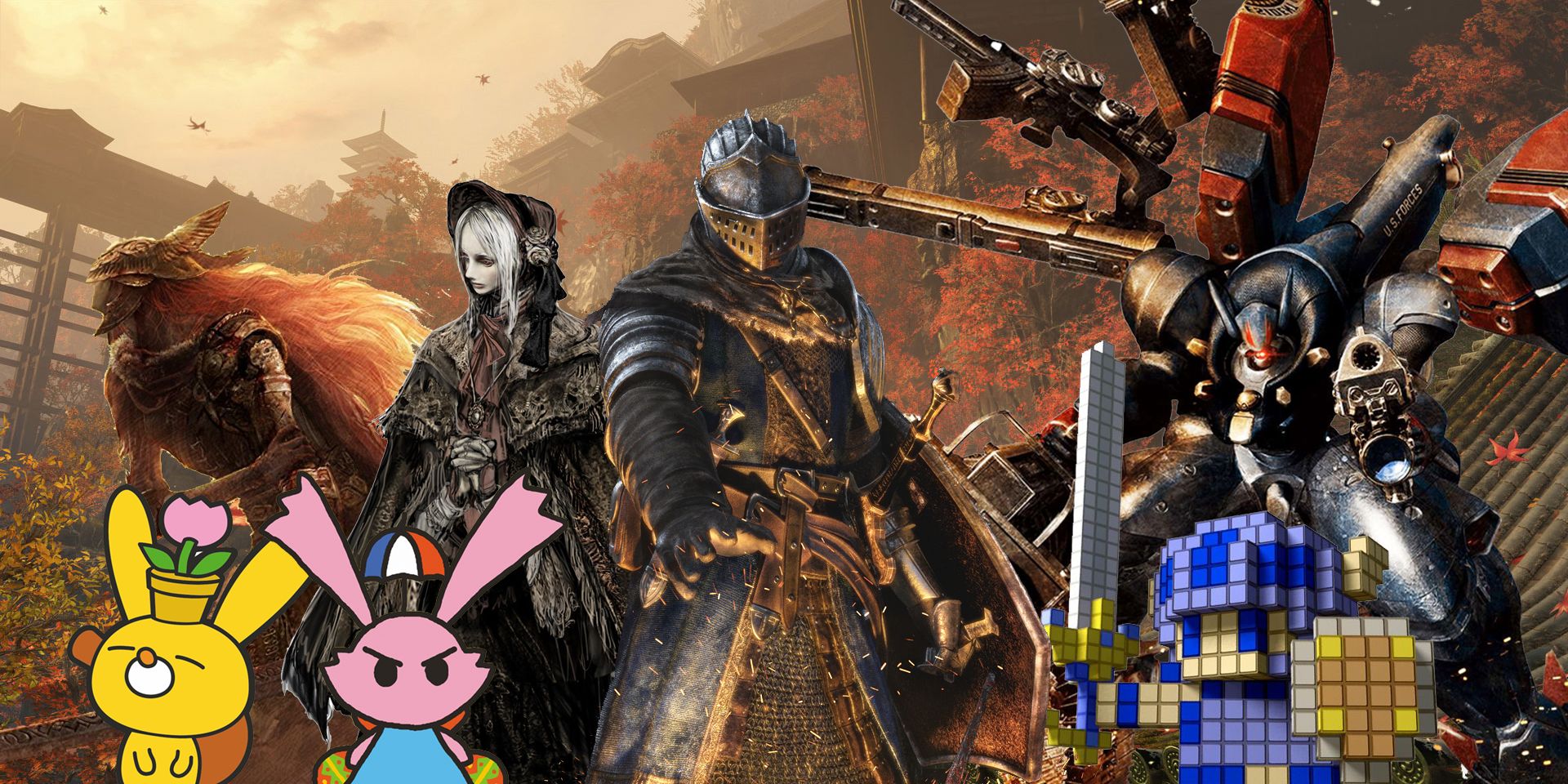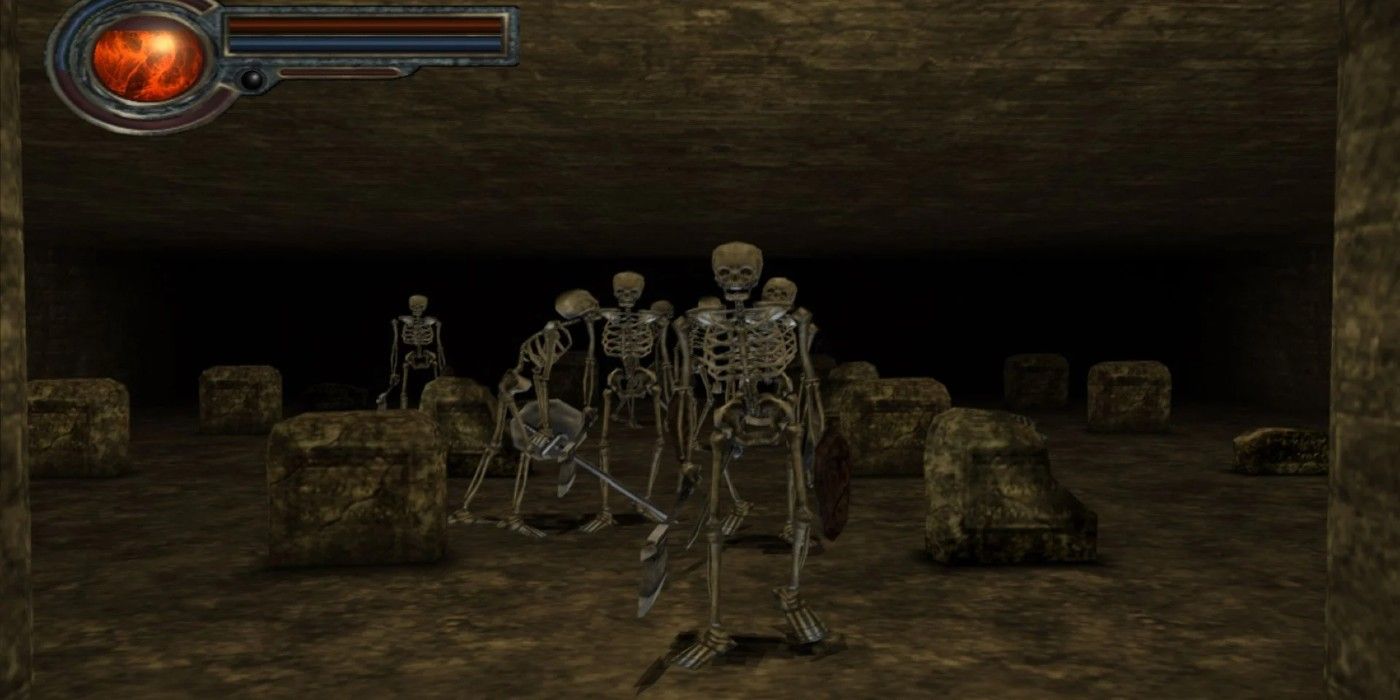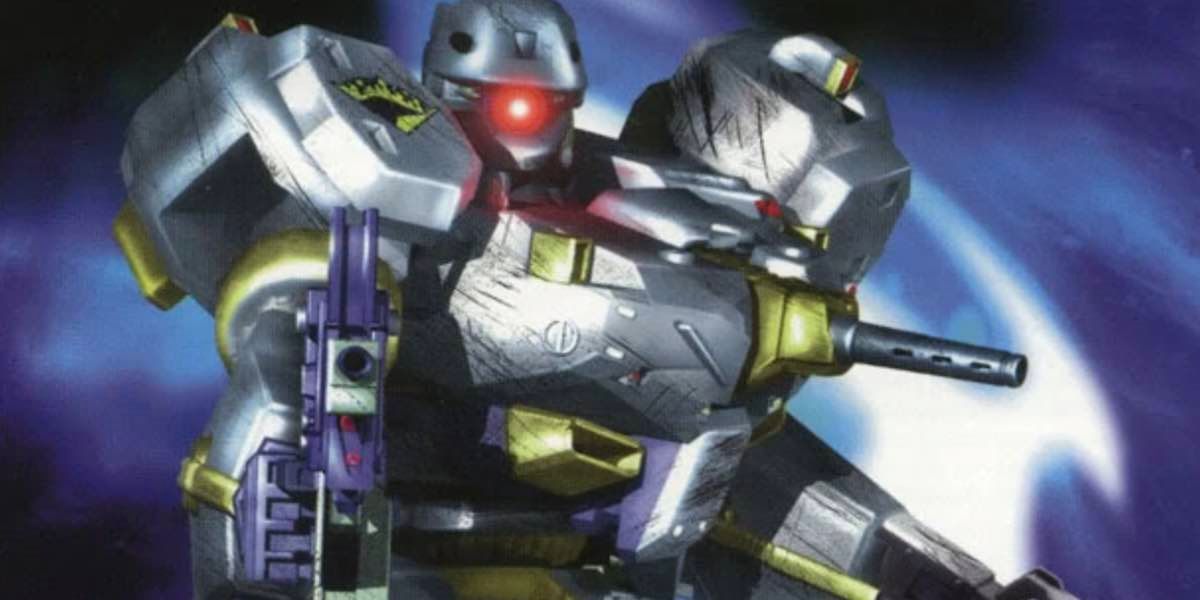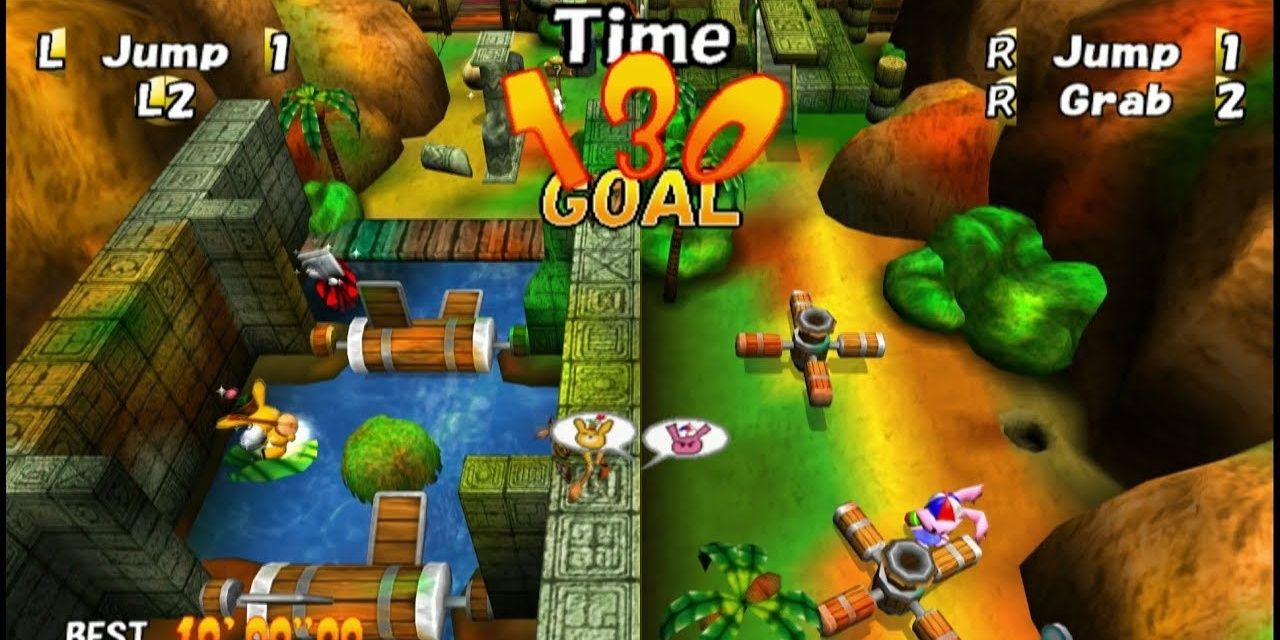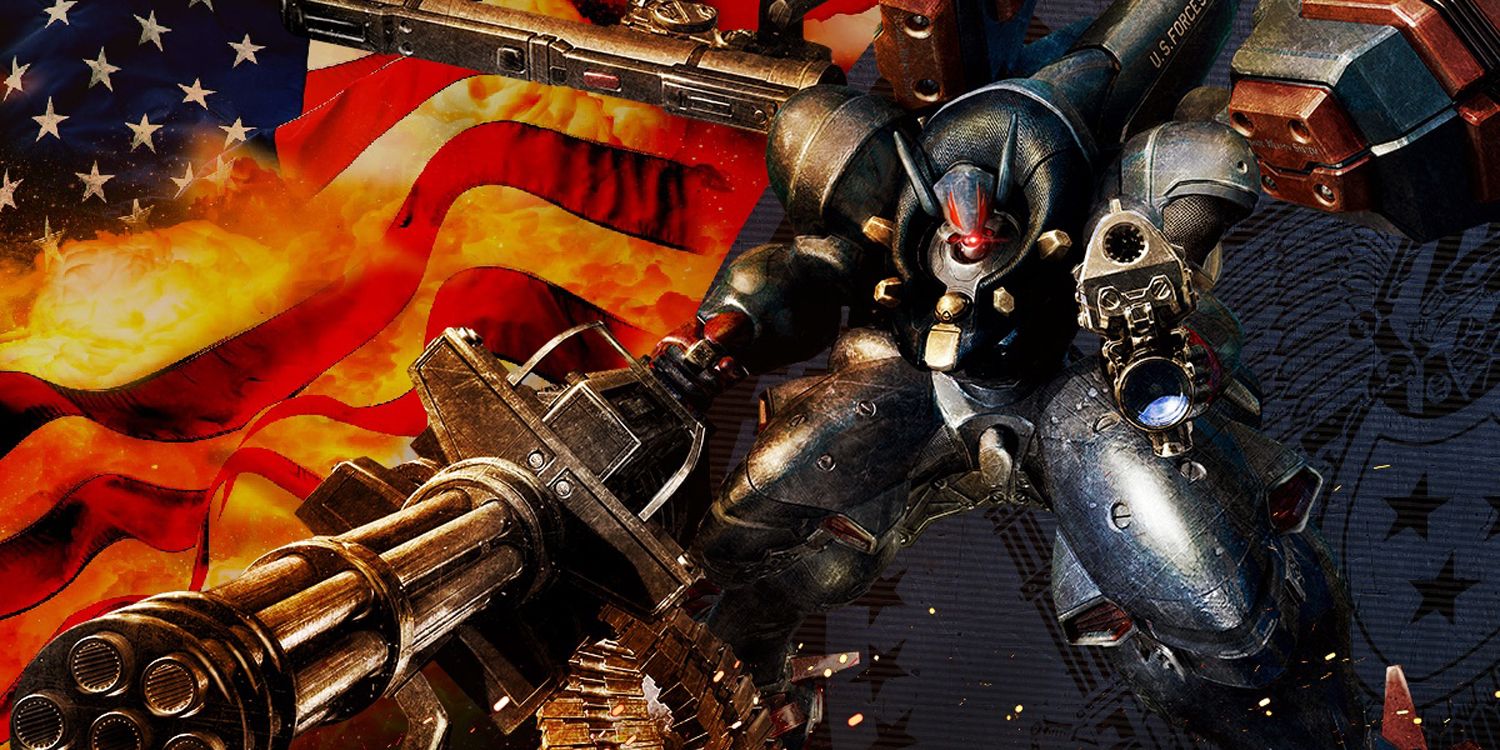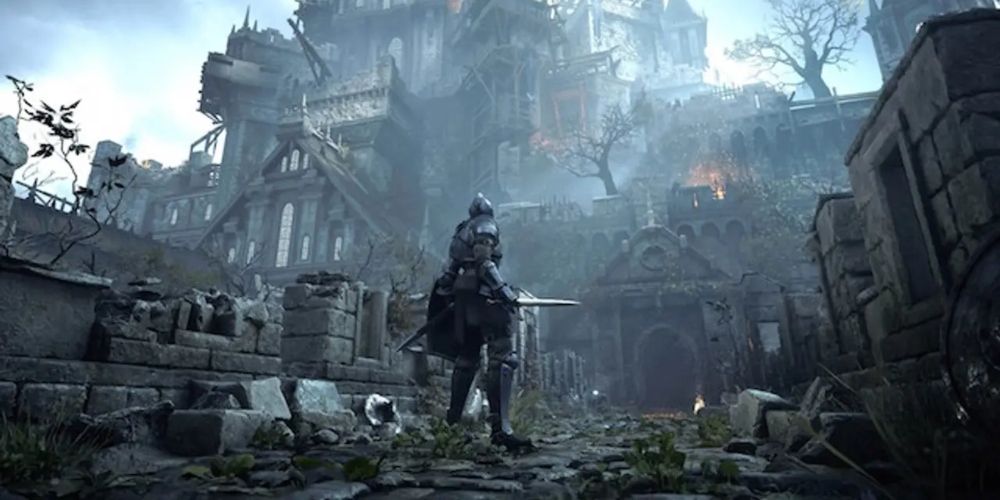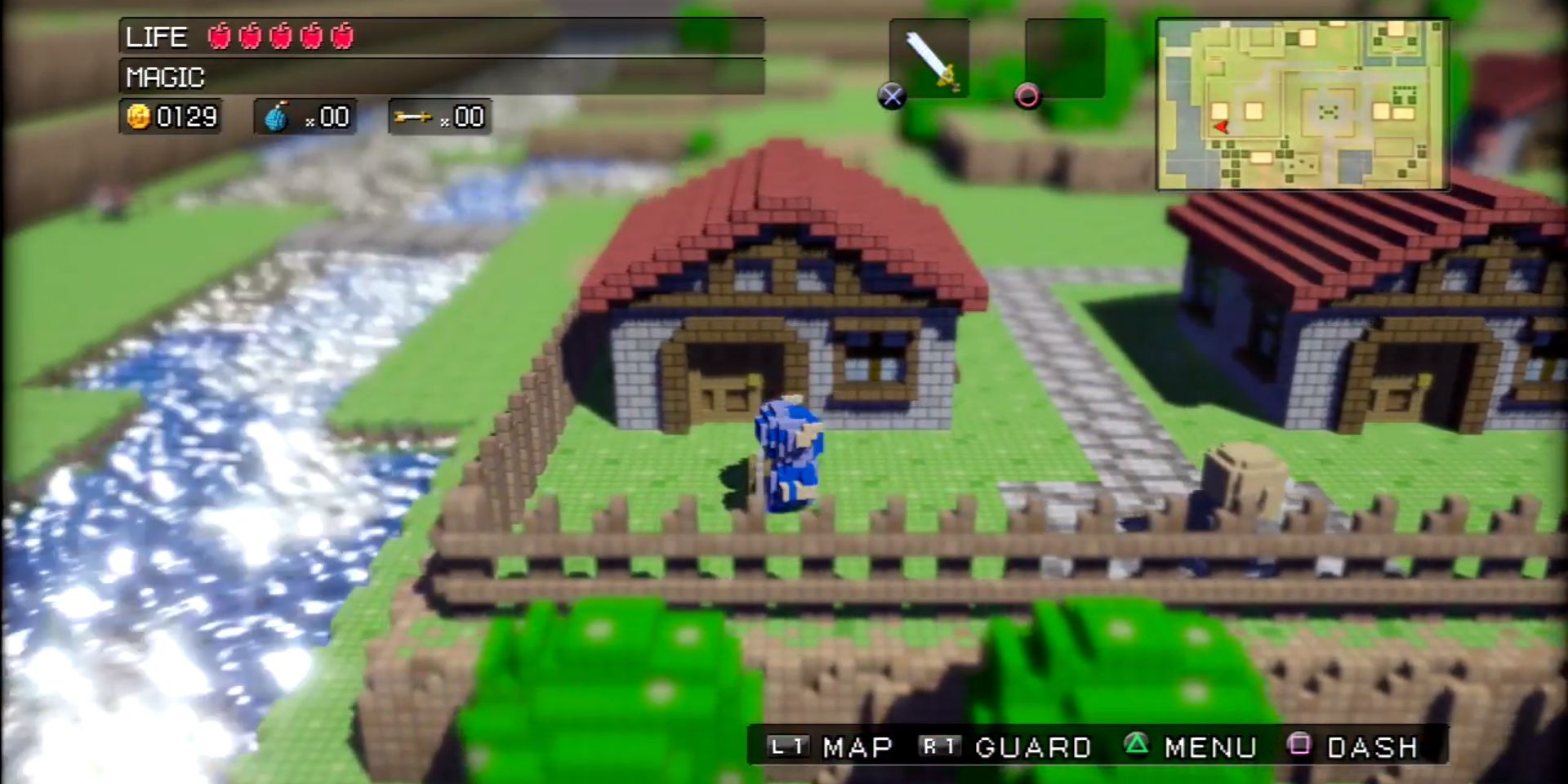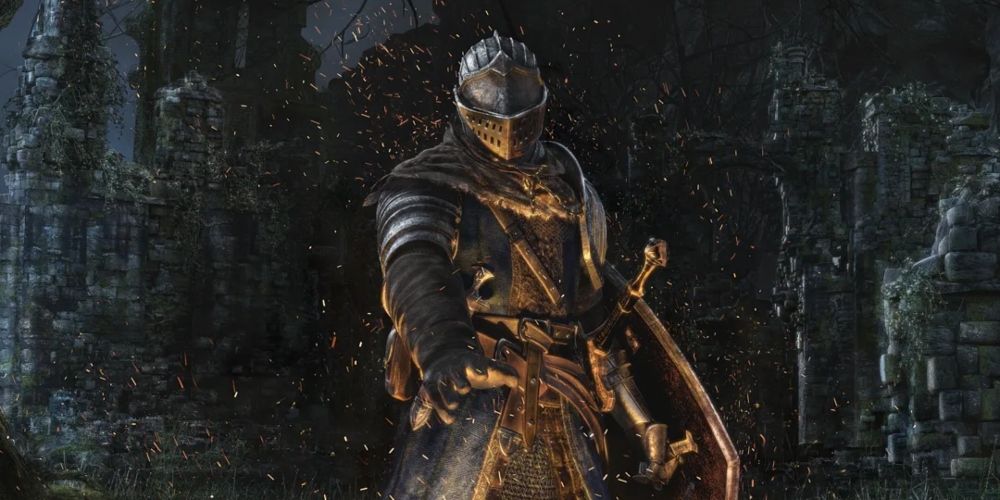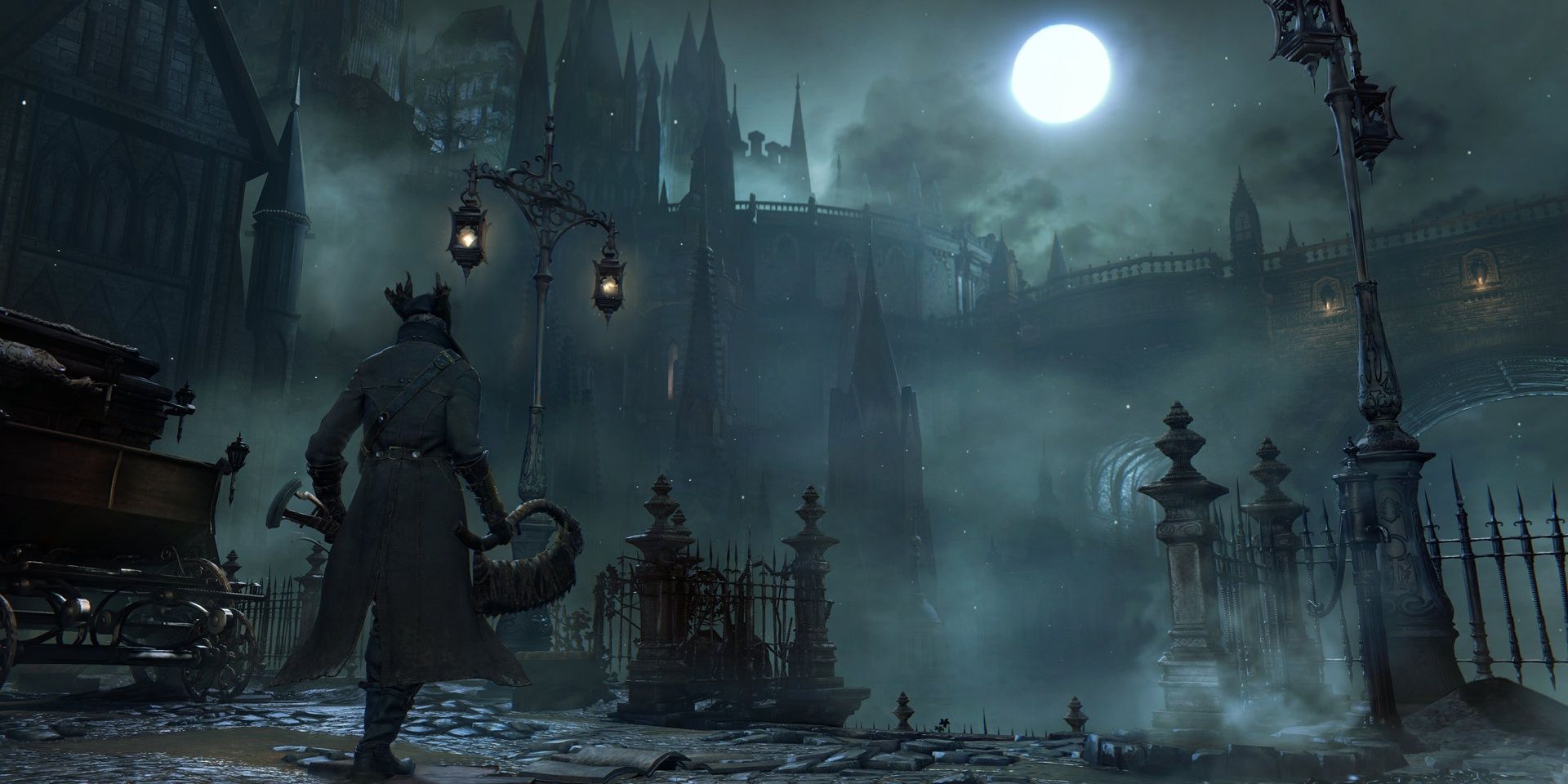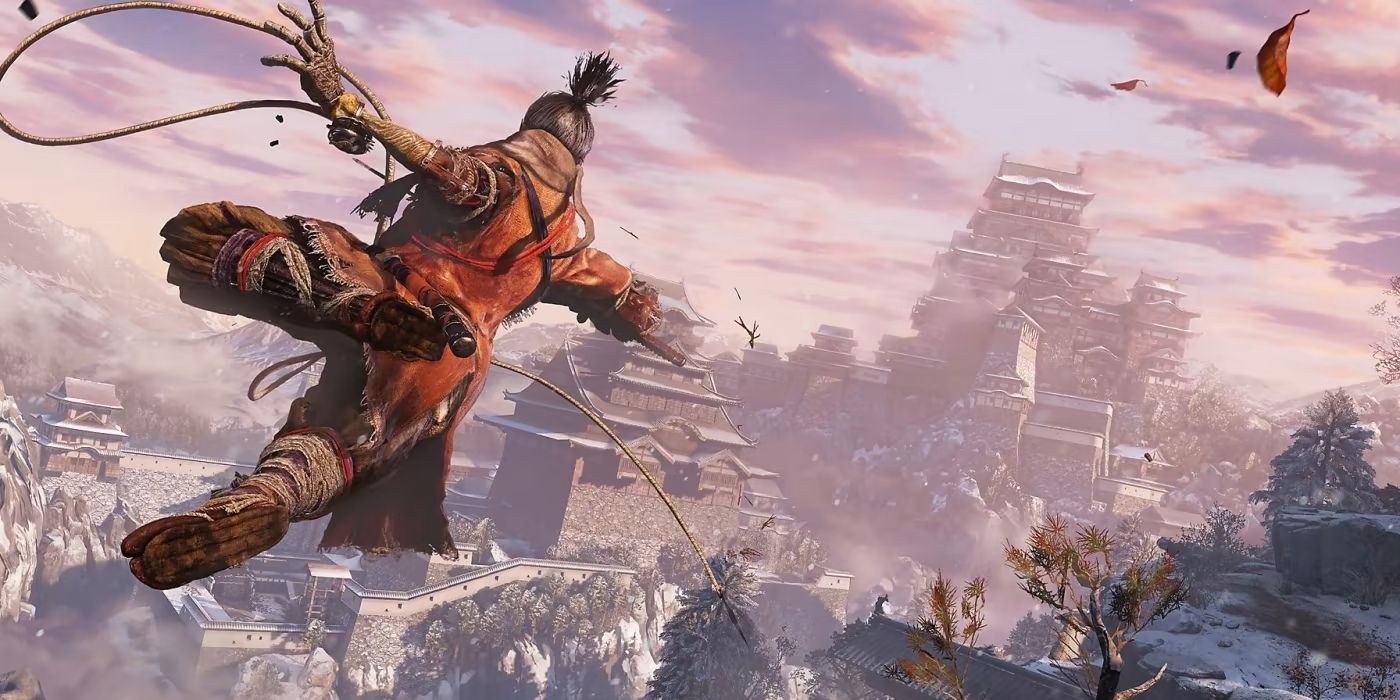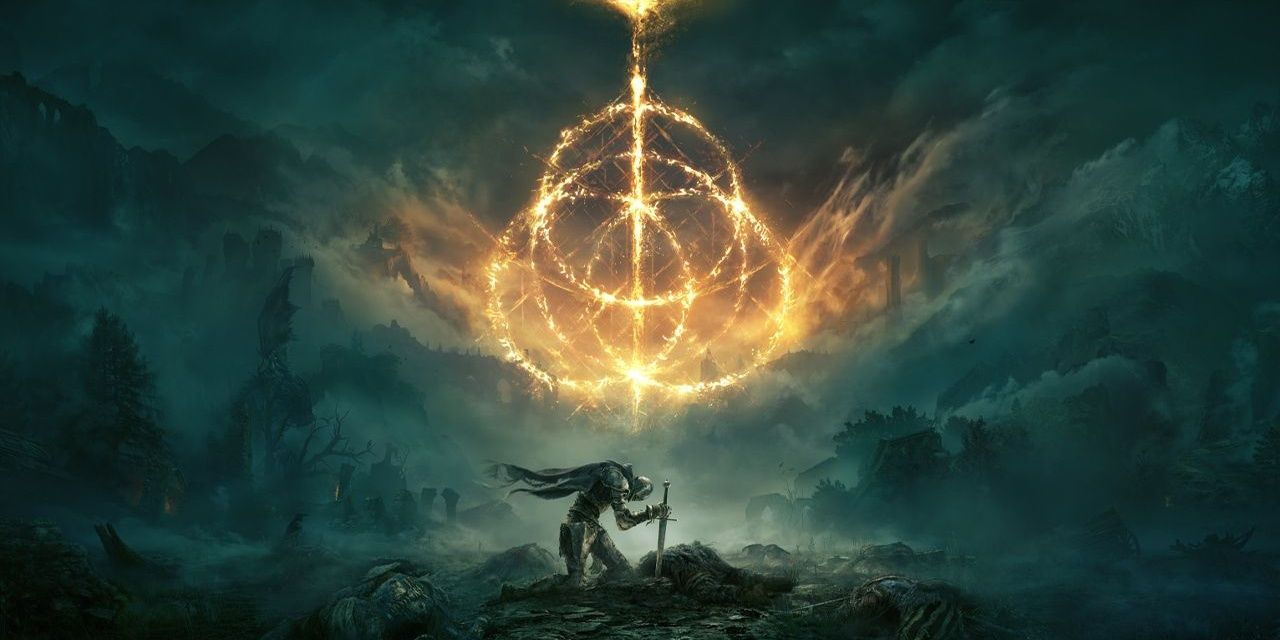Since the mid-90s, Japanese developer FromSoftware has reliably pumped out several experimental and challenging titles. In the days of the early PlayStation, they bravely leaped forward into the uncharted territory of polygons. During the HD era, they brought back the mystery and crushing difficulty that had been absent from RPGs for far too long with Demon's Souls.
While they've become most well-known for the Souls games in recent years, it's important to remember the other entries in the studio's lineage. While FromSoftware's pre-Souls titles are much more obscure, many are hidden gems that warrant a look from players of all shapes and sizes.
10 King's Field Took The RPG's First Tentative Steps Into 3D
The studio's debut project, King's Field, was one of the earliest attempts to bring the Role Playing Game genre into the world of 3D graphics. The first entry only saw a release in Japan, while the sequel would adopt its predecessor's name in Western territories. Much like Ultima Underworld and Elder Scrolls Arena, King's Field was an RPG that opted for a first-person viewpoint.
However, one area where it deviated from those efforts was its complete embrace of full polygonal visuals. The game was a critical success that paved the way for subsequent titles on the PlayStation 2 and the PlayStation Portable.
9 Armored Core's Mechs Sported Style And Functionality
Enlisting the talents of Macross creator Shōji Kawamori, Armored Core put players in control of several customizable giant robots. During development, it was crucial to Kawamori that the game maintained a distinct visual identity, so he conceived of the idea that the structure of the robots could change around a core block that contained the cockpit and engines.
This would lead to the eponymous Armored Core. These unique mechs lent themselves well to the title's third-person shooting gameplay. The game was a critical success that spawned several sequels and spin-offs.
8 The Adventures of Cookie & Cream Was A Unique Take On Co-op
The Adventures of Cookie & Cream for the PlayStation 2 was an interesting mix of puzzle, platforming, and co-op. Players took control of the aforementioned bunny duo as they traversed through several stages filled with quirky puzzles and mini-games. Stages were designed, so players had to work together to progress.
Those wishing to go solo could even control both characters with the left and right analog sticks. Six years later, the game saw an impressive port on the Nintendo DS. It utilized the platform's touch screen in order to accommodate the lack of analog controls.
7 Metal Wolf Chaos Ironically Took Years To Reach Western Shores
It's nothing short of criminal that this ultra-patriotic take on the Armored Core series didn't find its way stateside for 15 years. Metal Wolf Chaos saw 47th President Michael Wilson controlling a giant mech when the White House was taken over in a coup led by the treacherous Veep Richard Hawk.
Players control Wilson as he takes on several missions that span across America and even in space. Lamentably, the studio claimed that the political climate after 9/11 was a key factor in the title remaining overseas. Fortunately, Devolver Digital and Kakehashi Games released a remaster of the game for modern platforms in 2019.
6 Demon's Souls Laid The Foundation For Miyazaki's Formula
For Demon's Souls, the first game in the Souls series, Hidetaka Miyazaki channeled old gamebooks and classic RPGs such as Wizardry. The goal was to "sidestep preset narrative" and emphasize challenge and mystery more. Unfortunately, the game's reveal at TGS was met with negative feedback, with then Sony President Shuhei Yoshida calling it "an unbelievably bad game."
Since Sony had little faith in the title, Atlus USA published the game in America, while Namco Bandai handled the European release. Reception among Western gamers was overwhelmingly positive, resulting in the game becoming a sleeper hit.
5 3D Dot Game Heroes Boasted A Ton Of Retro Charm
3D Dot Game Heroes was published in Japan by FromSoftware and developed by Silicon Studio of Bravely Default fame. Atlus USA handled the publishing on American shores as it did a year prior with FromSoftware's other PlayStation 3 title Demon's Souls.
This charming retro throwback incorporated the pixelated visuals found in the RPGs of yore into a fully modern 3D game. It looks like a wonderfully bizarre mix of Dragon Warrior and Minecraft. The soundtrack bolsters the game's retro charm with several catchy 8-bit compositions – a must-play for those who have misty-eyed memories of the NES classics.
4 Dark Souls Added Further Refinements
The game that would largely popularize the Souls experience. While Demon's Souls formed the blueprint for Miyazaki's formula, Dark Souls would bring some considerable refinements. Where the prior title had a hubworld-based structure similar to Super Mario 64, Dark Souls incorporated a much more interconnected Metroidvania design.
The game eschewed the consumable healing grasses in favor of the estus flasks that refilled at every bonfire. These seemingly incremental changes resulted in an experience that felt similar, but entirely different. While Miyazaki would be absent for the sequel, he would return for the third installment.
3 Bloodborne Changed Up The Combat Dynamics
While another team in FromSoftware was handling Dark Souls 2, Miyazaki teamed up with Sony Japan Studio once again for a more Gothic horror take on the Souls formula. Bloodborne put players in control of the Hunter as they traversed through the plague-ridden streets of Yharnam and took on the several hostiles and beasts which awaited them.
One of the biggest changes in the Souls formula was the replacement of shields with firearms. This, along with a mechanic which allowed hunters to regain their health with successful strikes, encouraged players to be more aggressive and bold in fights.
2 Sekiro: Shadows Die Twice Added Elements Of Stealth And Verticality
Initially conceived as a sequel to the Tenchu series, the next iteration of the Souls experience would adopt its own identity as Sekiro: Shadows Die Twice. This iteration would deviate from previous titles' more Western fantasy settings and assume a Sengoku Japanese direction.
By the time Sekiro was announced, the Souls games had spawned countless imitators such as Nioh and Lords of the Fallen. The staff must have felt that the formula was getting a little long in the tooth, which would explain the game's larger emphasis on verticality and stealth.
1 Elden Ring Opened Up The World
With intricate lore crafted by George R.R. Martin and a switch to an open-world structure, Elden Ring is very much the culmination of everything that the Souls formula had been building up to. Players are thrust into the boots of the Tarnished as they explore the Lands Between.
To accommodate this new structure, the game makes some changes to Miyazaki's formula, such as adding a jump button and a mighty steed to traverse the world. Regardless, FromSoftware's cathartic challenge and minimalist storytelling remain entirely intact.

